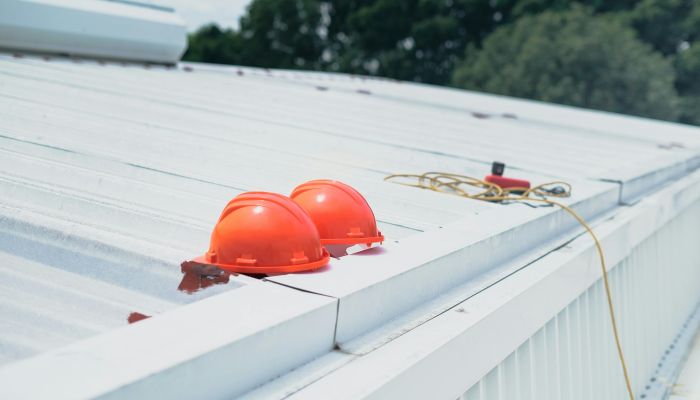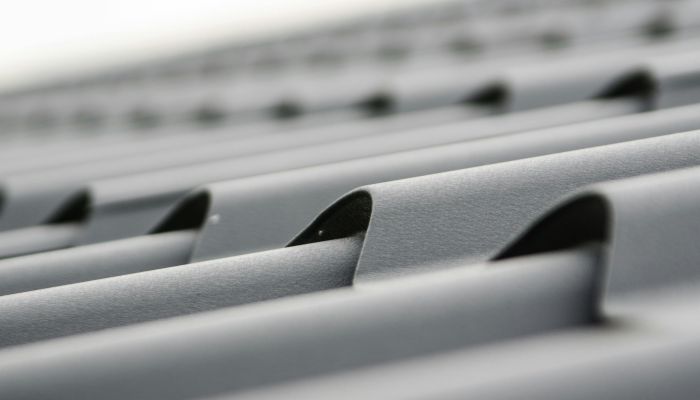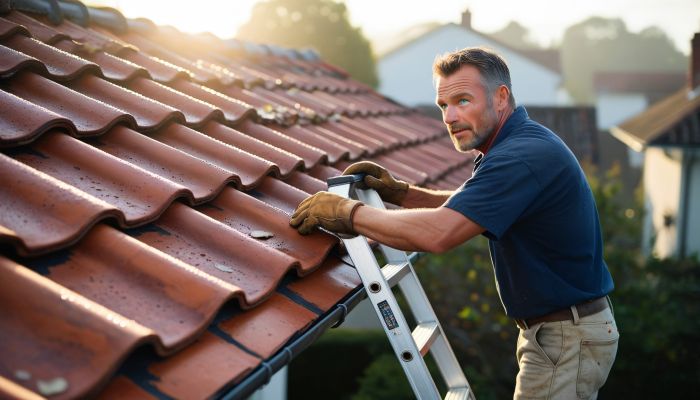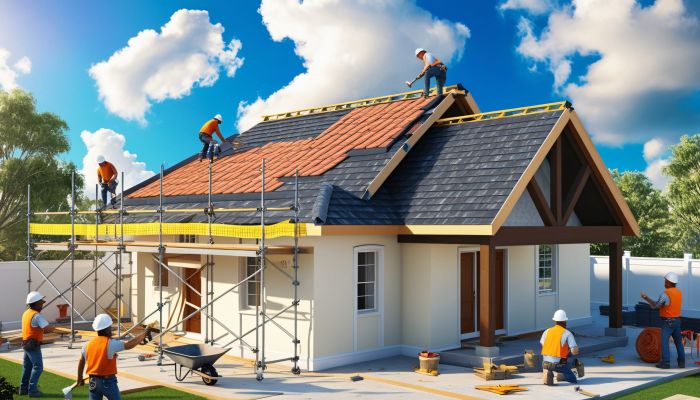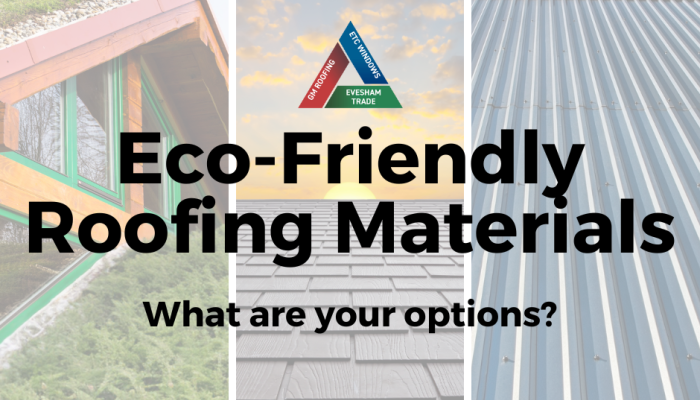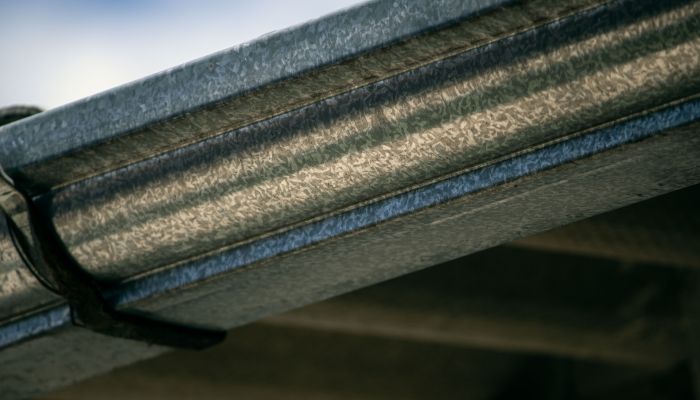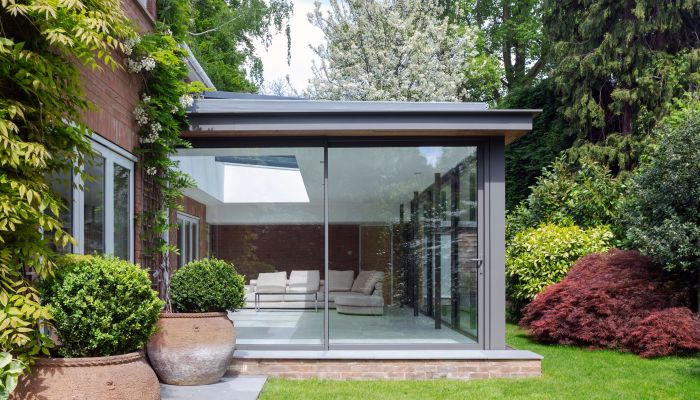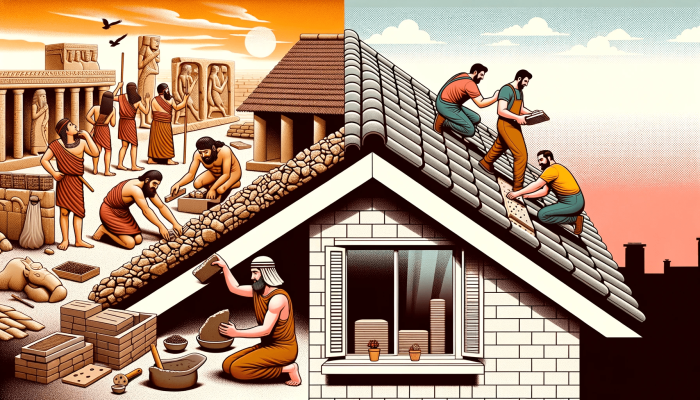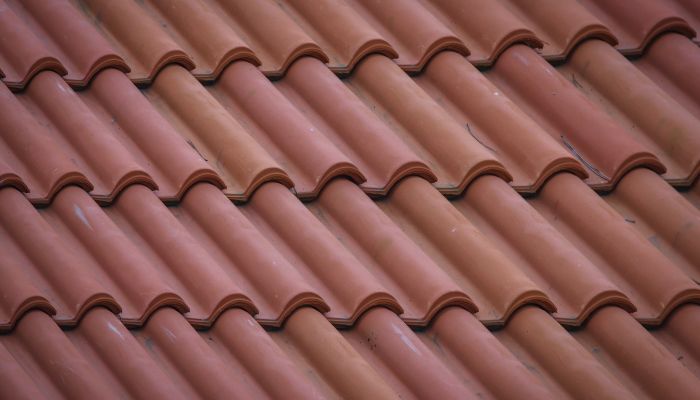Comparing Roofing Materials
Comparing Roofing Materials
Making a decision about roofing and which material is right for your property can be daunting. But fear not! This article is here to help you simplify your choice. This article will unravel and go through the different materials to help you make an informed decision that’s perfect for your property. From traditional shingles to more modern and innovative solutions we will go through and explore the pros and cons to provide you with clarity.
Asphalt Roll
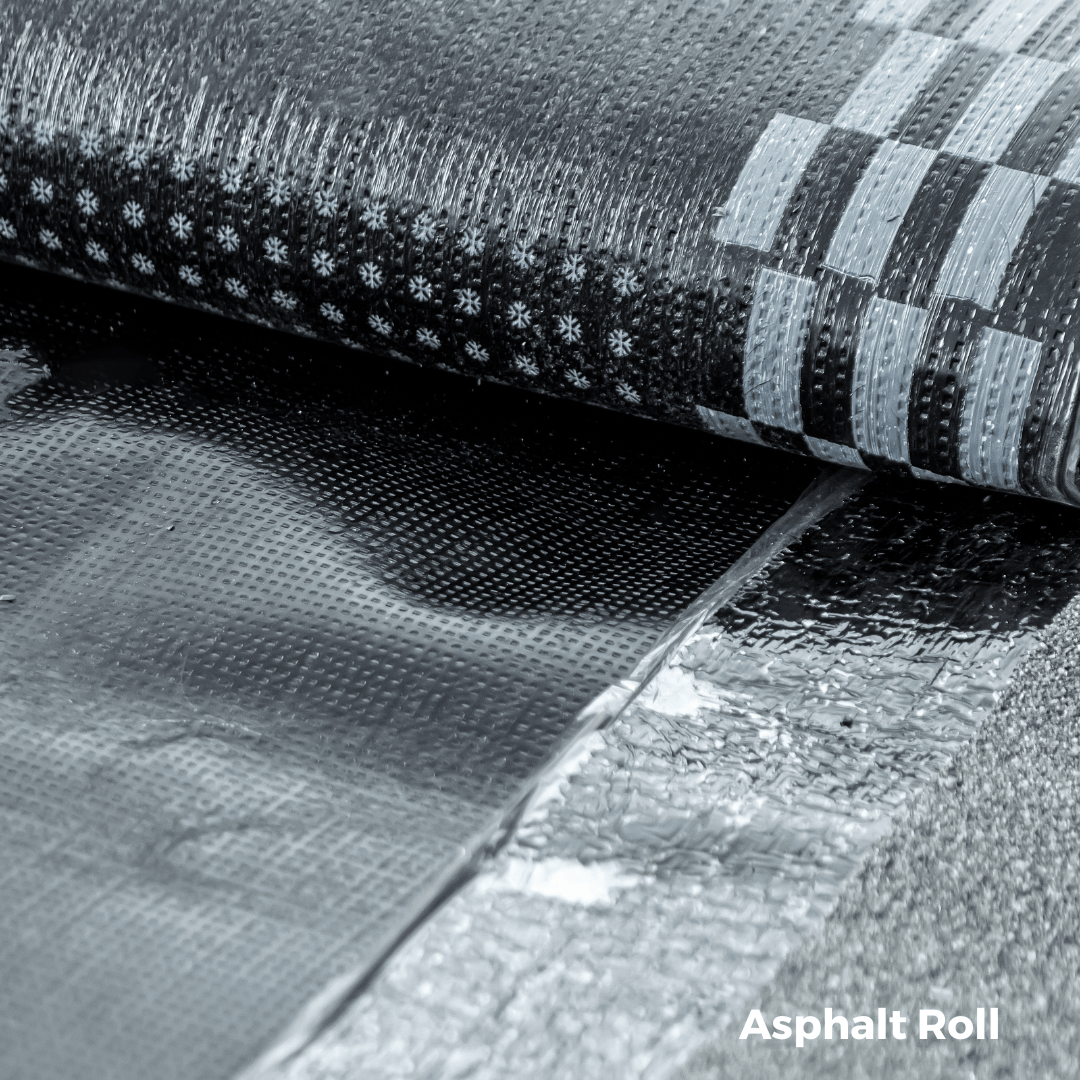
Asphalt roll roofing is a popular choice for low-sloped roofs. They boast great longevity and durability, with a lifespan average of 20-30 years. It is a resilient option for roofing. It has a robust composition and is often reinforced with fibreglass and organic materials that shields your property from the elements, this can include harsh weather conditions and harsh UV rays, ensuring your property has a lasting defence against wear and tear.
The maintenance requirements for Asphalt Roll are minimal which makes it a desirable option for those of you that are seeking hassle-free roofing options. Periodic roof inspections and simple repairs are more than enough to keep this roofing in great condition.
From an aesthetic view, asphalt roofing may not offer a very diverse range of styles like some other roofing materials may offer, however it does offer a clean and uniform appearance that can compliment different architectural styles. Its cost effectiveness is a significant draw for those of you that may be budget conscious for this project, making it a cost-efficient option upfront and more accessible than higher-end alternatives.
When it comes to the environmental impact, asphalt roll roofing has evolved to address any sustainability concerns. Some variants of asphalt roll roofing incorporate recycled materials which helps to contribute to the eco-friendly practices. However it is important to please note the full life cycle of asphalt roll, including production and disposal. While this roofing option may not be as environmentally friendly as other options, its balance of affordability and durability is a key factor in the roofing landscape.
Asphalt Shingles
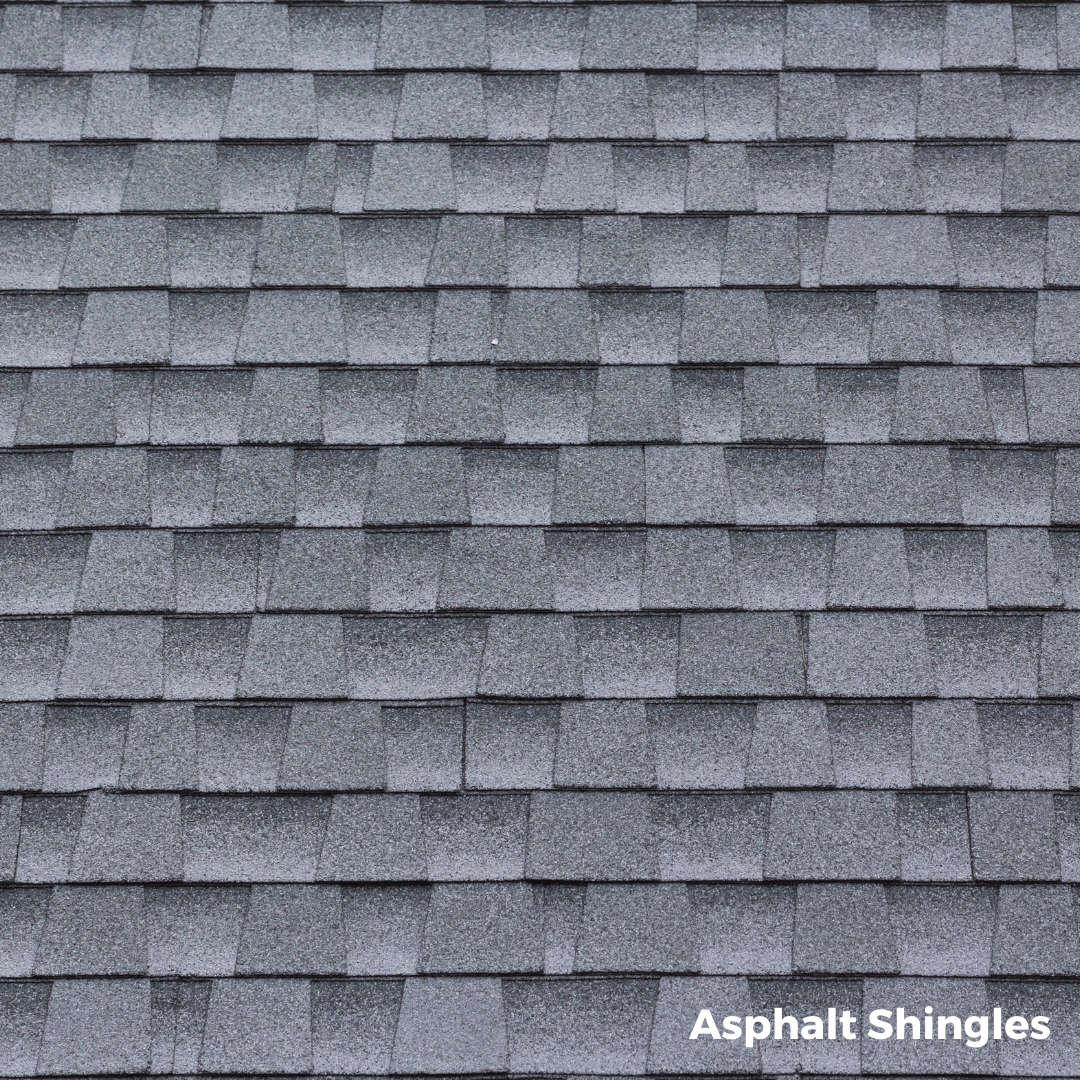
Asphalt shingles are a harmonious combination of longevity, durability and cost effectiveness. They have a lifespan that typically ranges from 20 - 30 years. They provide your property with a resilient shield against the elements and are known for demonstrating longevity. The asphalt shingles are highly durable and are reinforced with fibreglass and organic materials. This ensures that they withstand diverse weather conditions and are a reliable roofing choice.
The maintenance requirements for asphalt shingles are low. The occasional roof inspection and minor roof maintenance repairs will keep this roof performing highly. The simplicity contributes to their popularity among homeowners who are seeking a practical, low-maintenance roofing solution. The aesthetic appeal is another strength as asphalt shingles come in a variety of different colours and styles that suit various architectural styles.
Asphalt shingles are a budget friendly option for roofing projects. The combination of upfront affordability and a reasonable lifespan contribute to their widespread popularity and use in both residential roofing and commercial roofing settings.
In terms of environmental impact when it comes to asphalt shingles, advancements in manufacturing techniques have led to more eco-friendly asphalt shingles options. Some manufacturers use recycled materials and recycling programs for old shingles too. While they aren't the most environmentally friendly roofing choice out there, the balance between durability, affordability and evolving sustainability make asphalt shingles a popular choice again within the practices of the roofing industry.
Metal Roofing
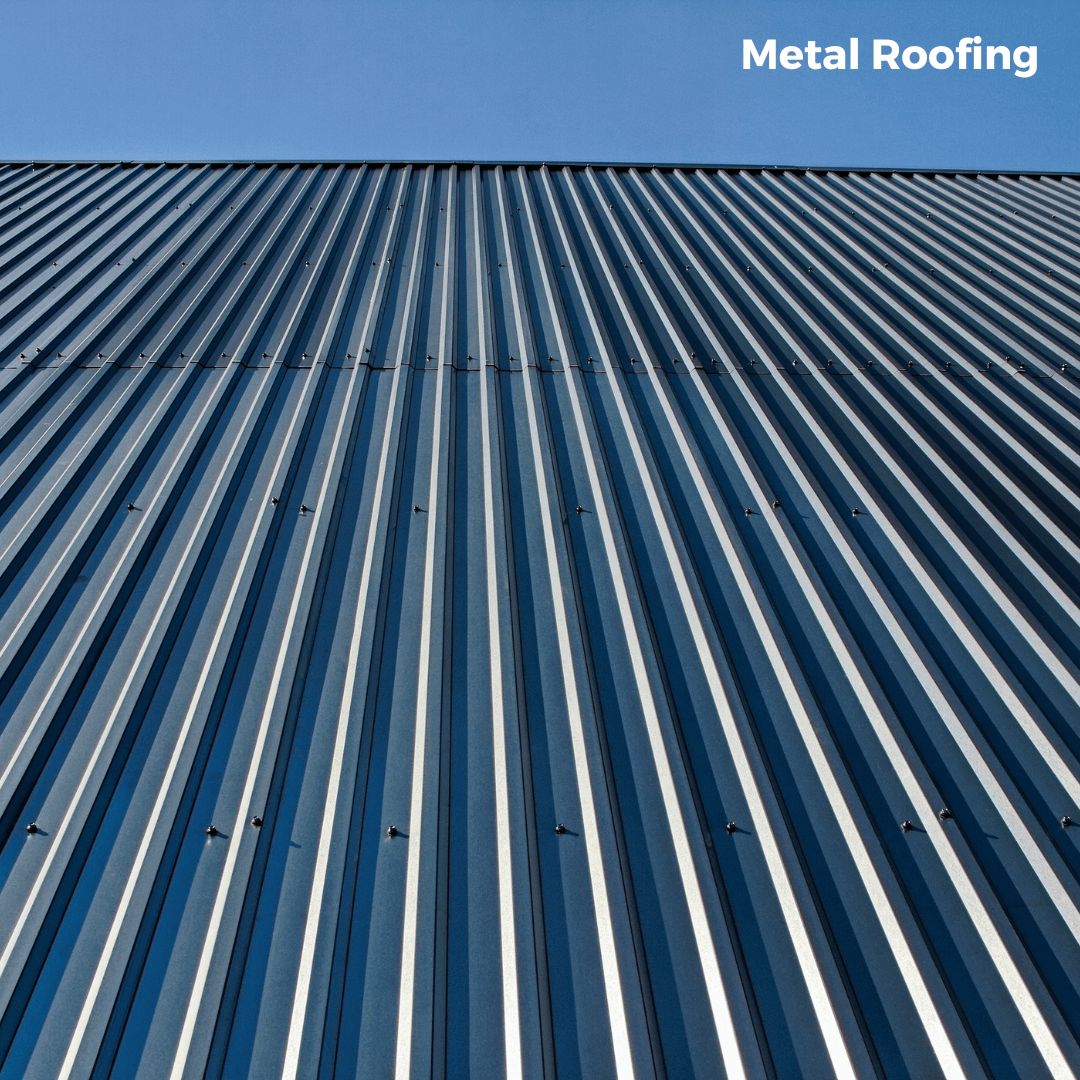
Metal roofing stands as a testament of longevity and durability in the world of roofing. It often outlasts other roofing options with a lifespan that can end up exceeding 50 years! It has a robust construction that is typically composed of steel, aluminium or copper. This provides unparalleled resistance to weather elements that includes wind, hail and fire to protect your home against anything! Metal roofing has minimal roof maintenance requirements and is a practical choice for property owners looking for a hassle free roofing solution. The occasional roof inspection and removal of any debris from the metal roof is more than sufficient to maintain the metal roof's integrity over the years and ensure longevity and long lifespan.
The aesthetic appeal is a prominent feature of metal roofing. It comes in a variety of styles and colours that add a modern and sleek touch of elegance to any residential roofing or commercial roofing structures. While the upfront cost of metal roofing may be higher than some alternative options, its longevity and extended lifespan along with minimal maintenance needs are enough to sway people's views.
Environmental impact is a significant factor to consider in this decision. Metal roofing is often thought of as an eco-friendly option. Metal is recyclable and many roofing materials do contain recycled materials. The reflectivity of metal roofs can also help to contribute to energy efficiency by reducing the cooling costs of your home during the summer months. This makes metal roofing a sustainable and energy-conscious choice for environmentally conscious homeowners.
Wood Shingle
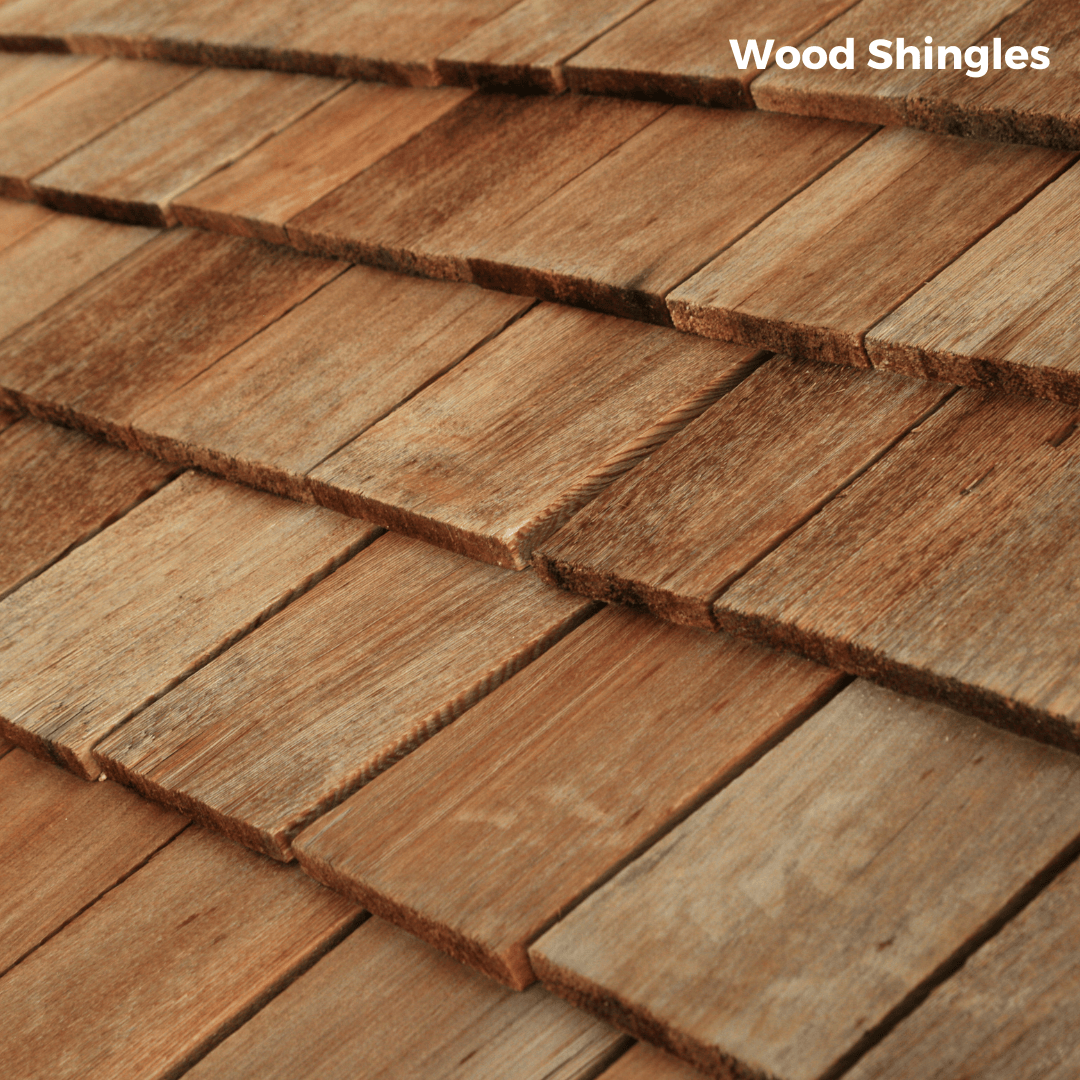
wooden shingles can be considered a timeless roofing choice with a natural aesthetic. While wooden shingles do have longevity and durability with a lifespan of around 30-40 years their performance falters on maintenance. With wooden shingles they come with a lot of maintenance including regular roof inspections, treatments and replacements that prove essential to preserve their integrity.
The aesthetic of wooden shingles is breathtaking, and offers an element of rustic elegance that works with different architectural styles.
Giving a cost analysis positions wooden shingles as a premium choice, with higher upfront costs compared to other roofing materials. However the unique aesthetic and natural beauty may outweigh the costs and maintenance requirements for some.
From an environmental viewpoint, wooden shingles come from a renewable resource which promotes sustainability. They are also biodegradable with minimal impact when they reach the end of their lifespan. Wooden shingles also come with some risks, considering fire risks.
Wood Shake Shingle
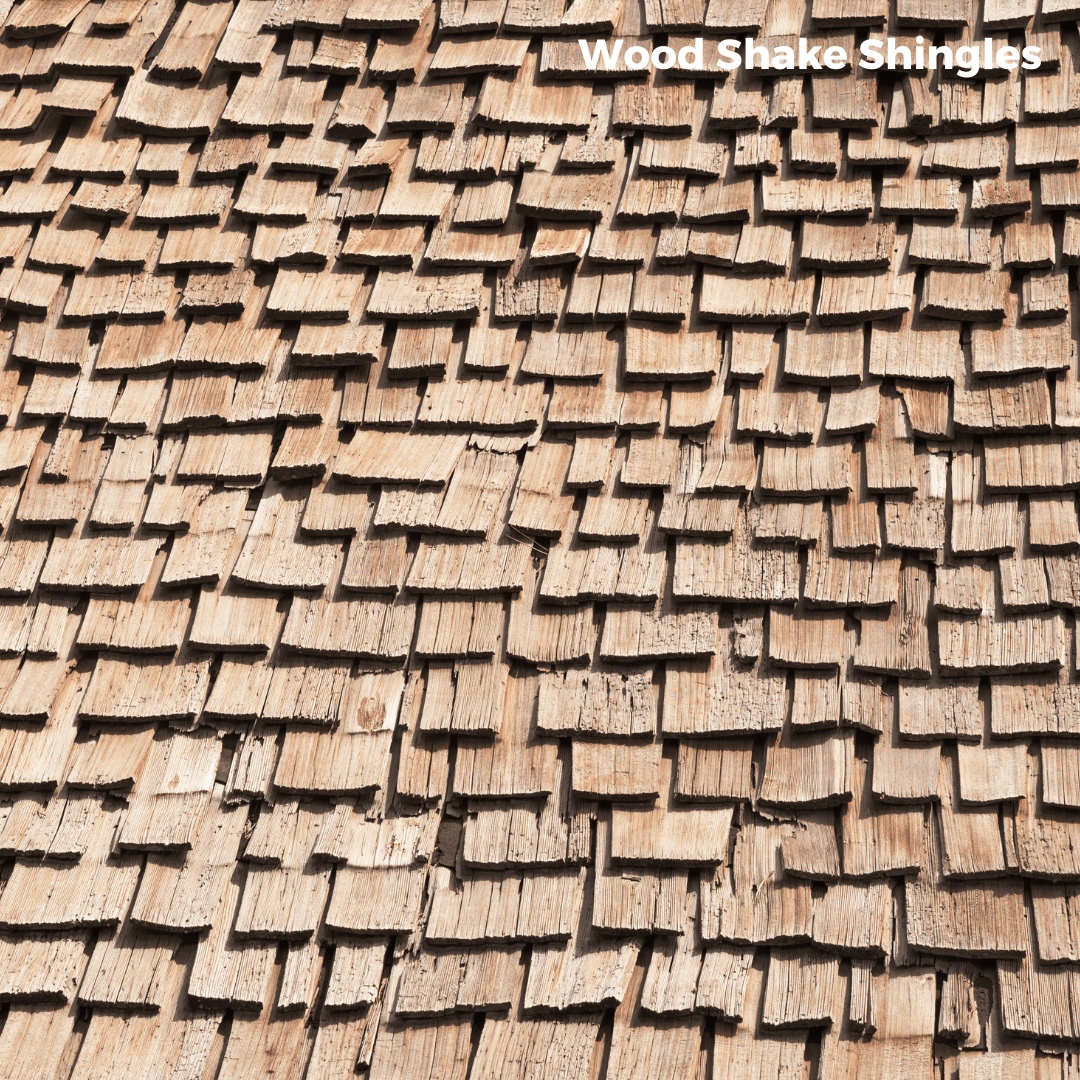
Wood shake shingles also have an element of rustic charm and natural elegance. They stand as a testament to traditional craftsmanship in the roofing world.
They are renowned for their durability and longevity with an average lifespan of 30-40 years when they are properly maintained and looked after. They are resistant to harsh weather conditions. However much like wooden shingles they are much more demanding compared to some alternatives. Again the maintenance required for wood shake shingles includes regular roof inspections, treatments and replacements to keep them in good condition.
The aesthetic appeal of wood shake shingles is unparalleled, they offer a distinctive and timeless look that enhances any property's character.
A cost analysis positions wood shake shingles at a much higher price than other materials due to their premium quality and labour-intensive installation. However, for some this may outweigh the price of beauty and aesthetics.
Environmentally speaking, wood shake shingles are sourced from renewable materials, which promote sustainability. The biodegradable nature of wood ensures that wood shake shingles have a minimal impact on the environment.
Clay Roof Tiles
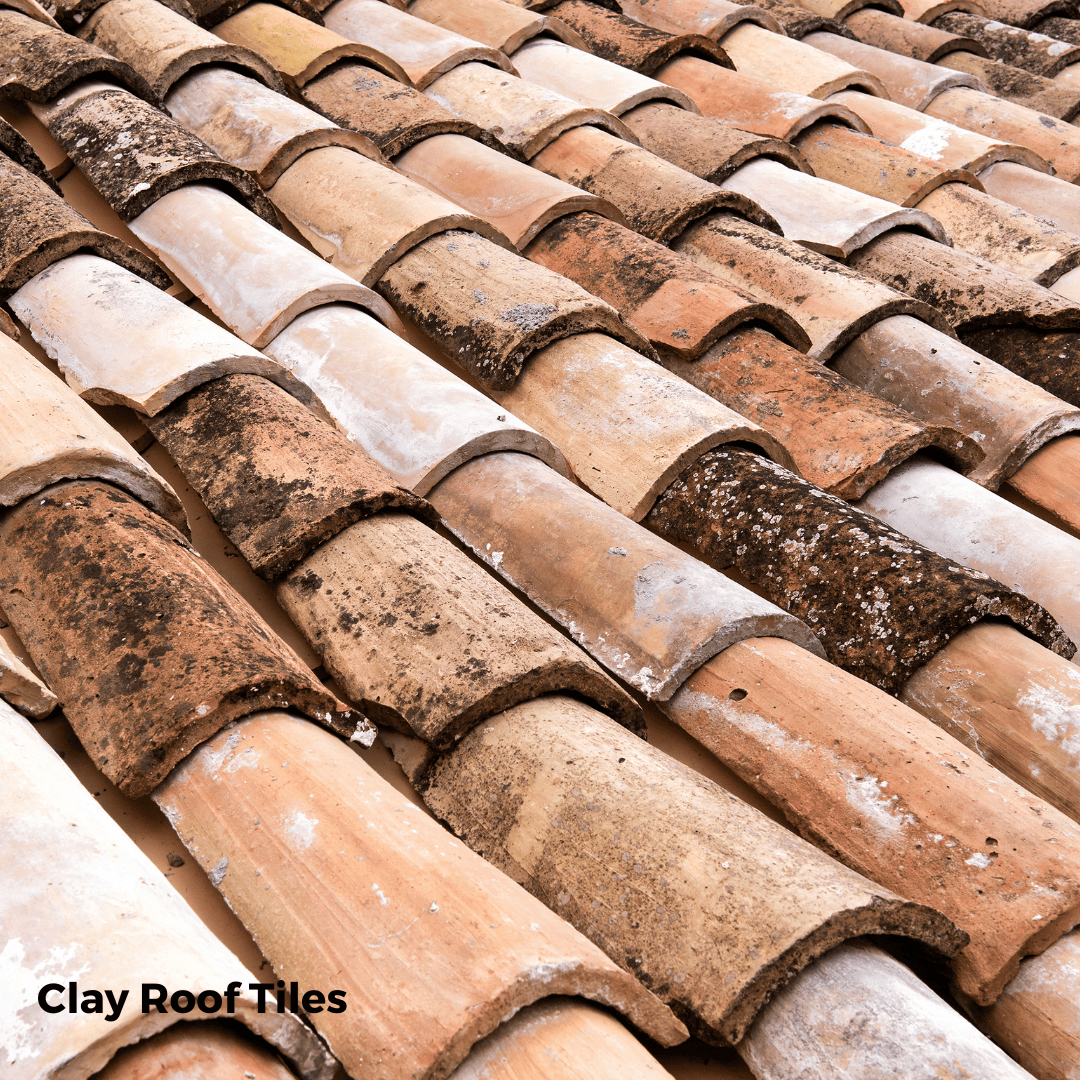
Clay roof tiles take us back to more ancient architectural traditions that embody a fusion of timeless elegance and enduring strength. Clay tiles are a timeless and classic choice that are celebrated for their remarkable durability and longevity with a lifespan lasting well over 50 years, making them a testament of time.
Their resistance to fire, insects and harsh weather conditions ensure they stand the test of time, while requiring minimal maintenance in the process. Occasional roof inspections are more than enough to maintain the structural integrity of the tiles and their nature of resistance to rot and decay sets them apart as low maintenance, but a high performance roofing option.
The clay tiles' aesthetic appeal is undeniable. They offer a rich, textured surface that complements a range of architectural styles.
Cost analysis considerations position clay roof tiles at a higher initial investment compared to some materials. However their exceptional durability and timeless aesthetic is more than enough to justify the upfront expense for those seeking a long-lasting and visually striking roofing solution.
Environmentally, clay tiles are sources from natural clay deposits which make them extremely eco-friendly. Their durability and ability to be recycled further contributes to their sustainable profile that aligns with the growing trend towards environmentally consciousness.
Slate Roof Tiles
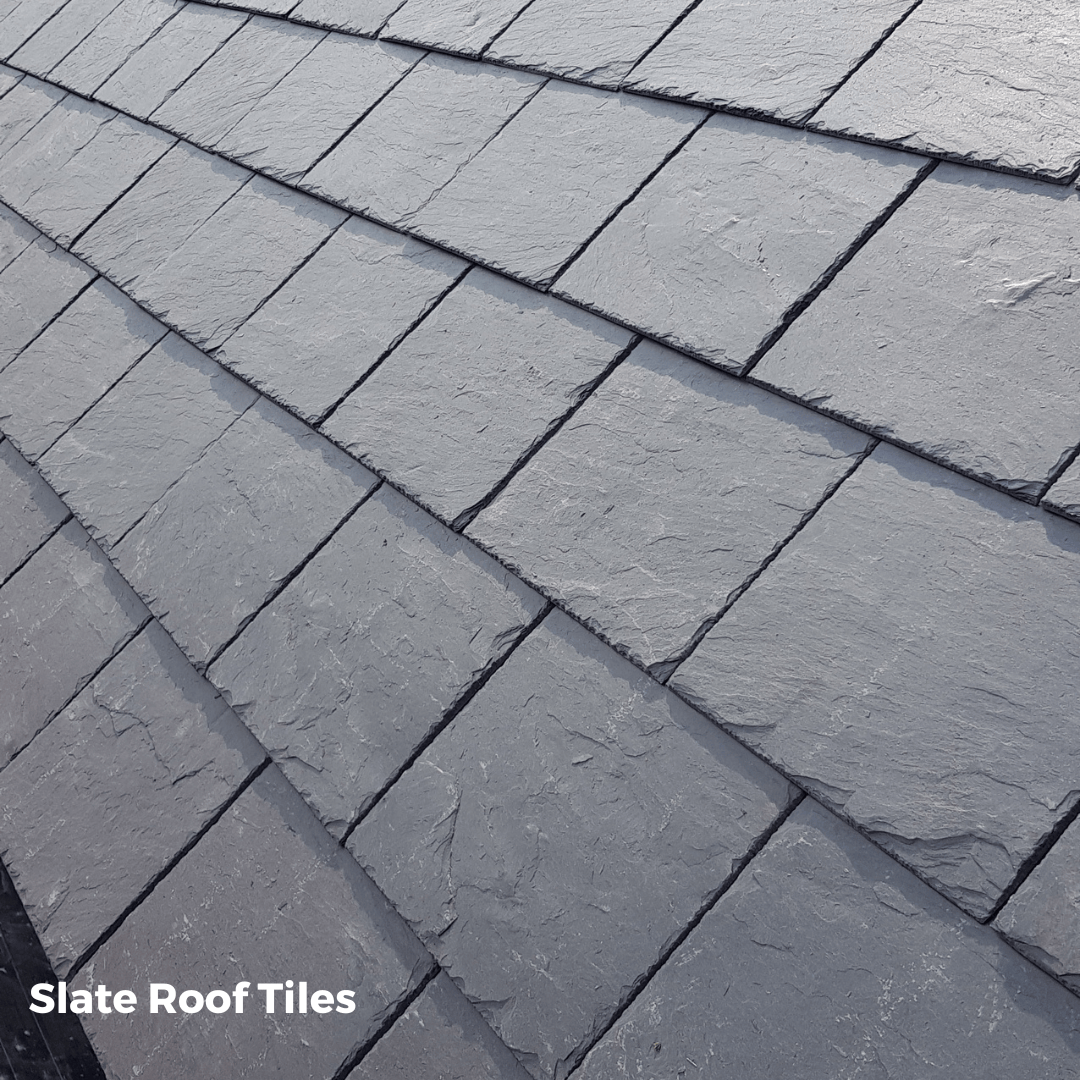
Slate roof tiles are unrivalled by their elegance and longevity and stand as a pinnacle of roofing excellence. Slate roof tiles are known to endure for over a century, if not even more. Slate tiles offer a timeless and enduring roofing solution for any property. Their remarkable durability makes them untouched when it comes to weathering, fire resistance and pest resistance setting them apart from the rest.
They require minimal maintenance and are high performance. Occasional roof inspections are sufficient to keep the roof performing to their high standard.
Their aesthetic appeal is unmatched also, with a sleek and natural finish that radiates sophistication. They have many colour options with different shades of grey, green and purple all available to suit your tastes and requirements for your property.
The cost analysis positions slate tile roofing as a premium investment, which reflects their high quality materials and installations. While upfront costs may be substantial the longevity and visual impact of slate can often make them a cost-effective choice in the long run.
Environment wise, slate is a natural material that is highly durable, reducing the need for often replacements. However the extraction and transportation process of slate tiles can impact the environmental footprint.
Thatched Roof Tiles
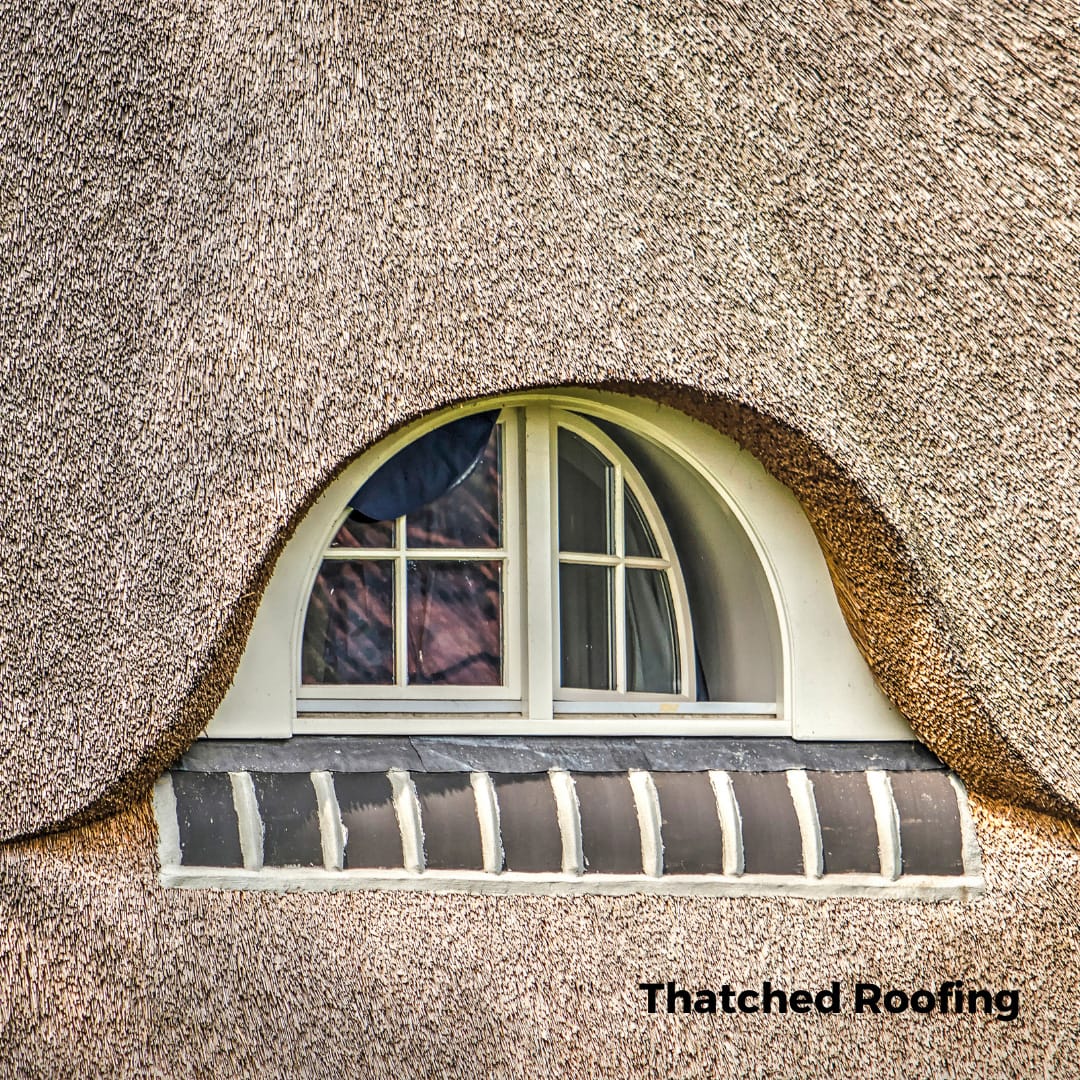
Thatched roof tiles are centuries old and echo old-craftsmanship. They offer a unique and charming character to properties, with their natural and rustic appearance. However when it comes to their longevity and durability, thatched roofs often come across challenges. While well-maintained thatch can last for several decades ranging from 20-40 years, their sensitivity to weather conditions and their fire risks take a lot of care and maintenance. Regular roof inspections, repairs and replacement are all vital to upkeep their performance and appearance.
The aesthetic appeal of thatched roof tiles is without a doubt captivating, offering picturesque and traditional ambiance.
The cost analysis for thatched roofs considers the unique craftsmanship involved. This makes them a significant upfront investment. While some maintenance costs may be lower compared to other roofing materials, the frequent need for replacements and maintenance impacts the long-term financial perspective. Thatched roofs are often chosen for their cultural and historical standing rather than their cost-effectiveness in this case.
When looking at thatched roof from an environmental standpoint, they boast eco-friendly credentials. The renewable and biodegradable nature of thatch aligns with sustainable building practices. Also, sourcing locally and using traditional thatching techniques can also minimise the environmental impact of this roofing type, making them a choice for those who value both tradition and environmental consciousness.
EPDM Roofing
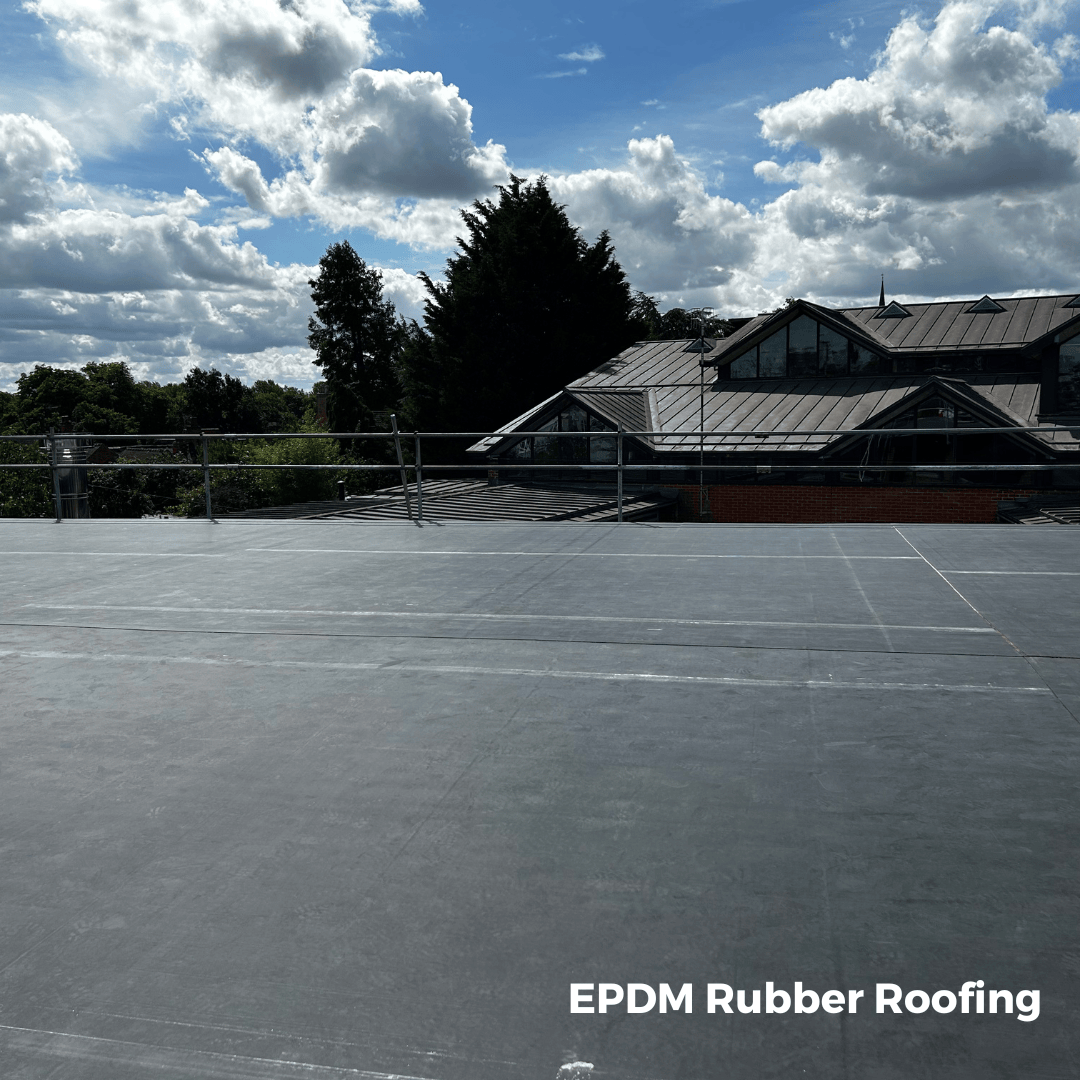
EPDM rubber roofing is a very modern and very versatile roofing solution. As a roofing material it has gained prominence for its exceptional longevity and durability. EPDM has a lifespan that easily exceeds 40 years. EPDM demonstrates a remarkable resistance to weathering, UV exposure and temperature fluctuations making EPDM the most reliable choice for long term protection of your property.
EPDM rubber requires minimal maintenance with a simple roof inspection occasionally and possibly small repairs help to contribute to their appeal as a high-quality, highly durable, low maintenance roofing solution.
While EPDM rubber roofing may not be aesthetically pleasing to look at compared to some of the other materials we have discussed in this article it does offer a sleek appearance and a contemporary look to your property. EPDM is easily adaptable and perfect for many different properties seeking a modern and efficient roofing solution.
Looking at a cost analysis of EPDM rubber roofing it is clearly favouring EPDM rubber, with budget friendly upfront costs and the combination of durability and affordability it leaves EPDM rubber as a highly cost effective choice for its life cycle.
Looking at EPDM rubber roofing from an environmental perspective, EPDM rubber roofing is often renowned for its sustainability. EPDM rubber can be recycled, which contributes to reduced waste and its energy efficient properties, such as reflecting sunlight to cool the building. EPDM rubber roofing comes out on top as a practical and environmentally conscious option for those prioritising durability, affordability and sustainability in their roofing choices.
Living Roof
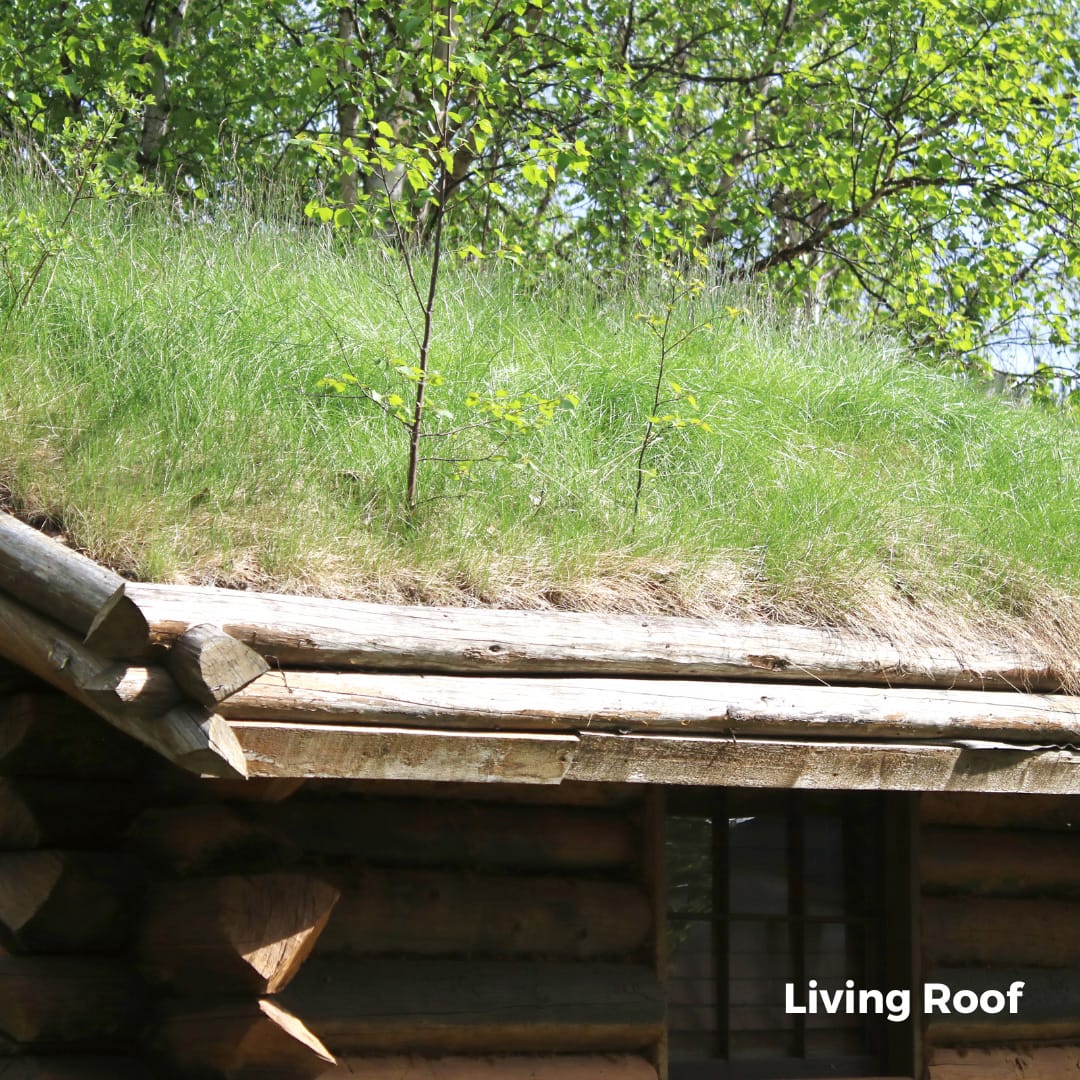
A living roof can also be known as a green roof which integrates nature and architecture on your property. The longevity and durability of living roofs can vary depending on the vegetation on the roof and the maintenance practices. They can last for decades when properly cared for.
Maintenance requirements involve periodic checks, irrigation and plant growth management.
The aesthetic appeal of a living roof is unparalleled in terms of beauty, transforming conventional rooftops into thriving ecosystems that blend seamlessly within the environment.
The cost analysis for a living roof is varied. While the upfront installation costs can be higher than traditional roofing methods, the long term benefits, when you think about energy efficiency, reduced water run off and increased property value often offsets these expenses.
Living roofs contribute enormously to environmental sustainability by providing insulation and supporting biodiversity. The living roofs ability to capture carbon dioxide and release oxygen further positions living roofs as a sustainable choice.
Solar Panel Roof
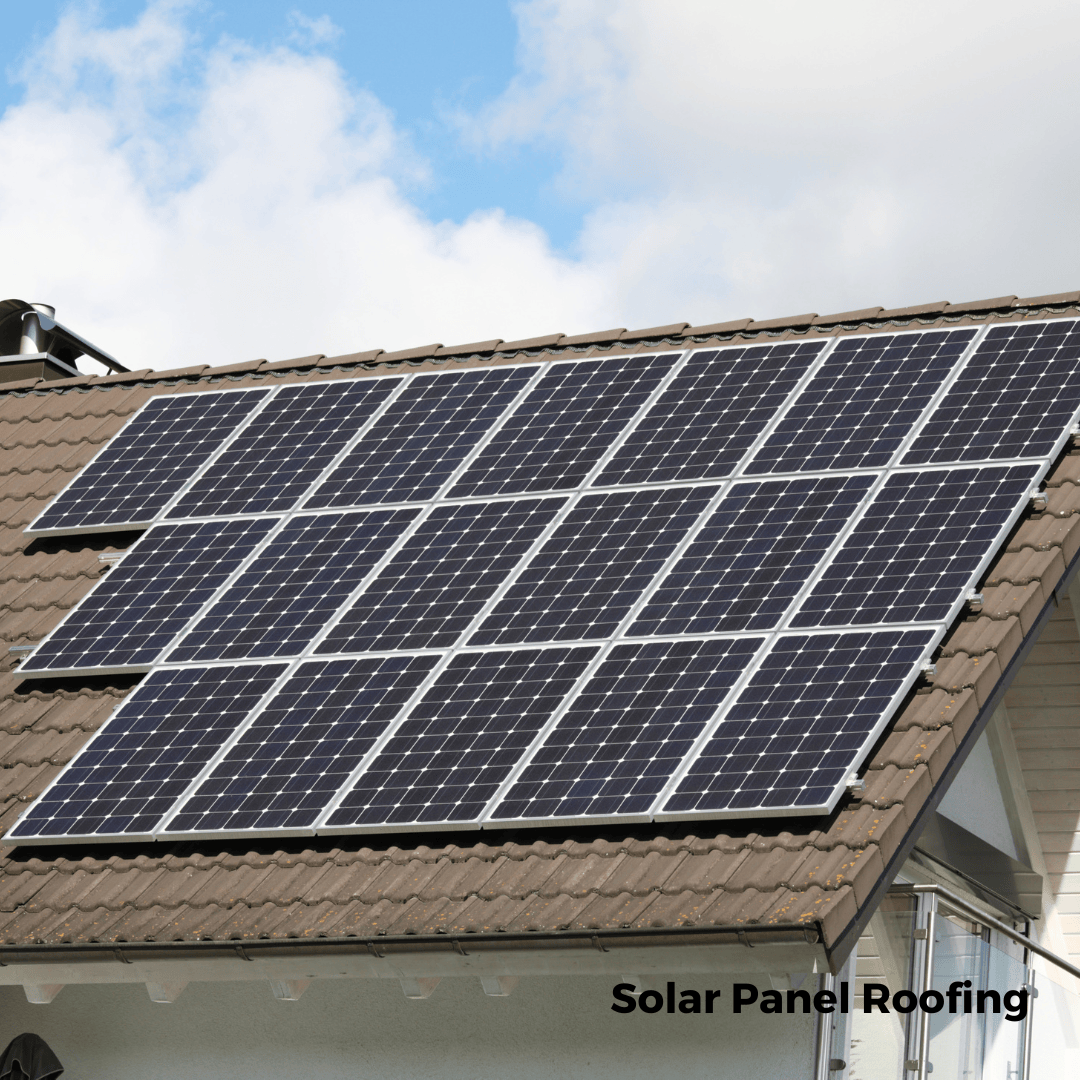
The solar panel roof is great in the world of sustainable technology. They have revolutionised the way we gather energy. Solar panel roofs have an impressive lifespan of between 25-30 years demonstrating durability and longevity in converting the Earth's natural sunlight into electricity. They have minimal maintenance requirements, only requiring occasional cleaning to optimise sunlight absorption.
Aesthetic appeal can vary with this type of roofing with some adopting the sleek, modern look of solar panels integrating seamlessly into the roofing while others may consider the appearance boxy and unappealing.
The cost analysis of solar panel roofs consider the initial investment becoming more favourable due to reduced installation costs and government incentives to have solar panel roofs installed. The long term savings on energy bills and potential revenue from excess energy can contribute positively to your financial outlook.
The environmental impact angle of solar panel roofs is significant, as they reduce reliance on traditional energy sources, lower carbon footprints and they help to contribute to a cleaner and more sustainable future.
Conclusion
This article has explored the whole landscape of roofing materials with each option presenting a unique set of strengths. For classic charm and aesthetics wood shake shingles or slate roofs can be big standout options. Those properties looking for a balance of durability and budget friendliness may consider asphalt shingles to be the perfect choice. With solar panel roofing obviously embodying the future of energy-efficient construction and sustainability.
However EPDM rubber comes out on top when it comes to modern aesthetics, cost effectiveness and being an environmentally conscious roofing choice.
|
Longevity and Durability |
Maintenance Requirements |
Aesthetic Appeal |
Cost Analysis: Initial vs Long-term |
Environmental Impact | |
|---|---|---|---|---|---|
|
Asphalt Roll |
7 |
9 |
4 |
9 |
6 |
|
Asphalt Shingles |
7 |
8 |
6 |
8 |
6 |
|
Metal Roofing |
10 |
8 |
8 |
6 |
8 |
|
Wood Shingle |
8 |
3 |
10 |
5 |
9 |
|
Wood Shake Shingle |
7 |
3 |
10 |
4 |
9 |
|
Clay Roof Tiles |
10 |
8 |
9 |
7 |
9 |
|
Slate Roof Tiles |
10 |
8 |
10 |
5 |
7 |
|
Thatched Roof Tiles |
5 |
1 |
9 |
4 |
10 |
|
EPDM Roofing |
10 |
9 |
7 |
10 |
9 |
|
Living Roof |
10 |
4 |
10 |
3 |
10 |
|
Solar Panel Roof |
10 |
6 |
2 |
4 |
10 |
1 = very bad
10 = very good
